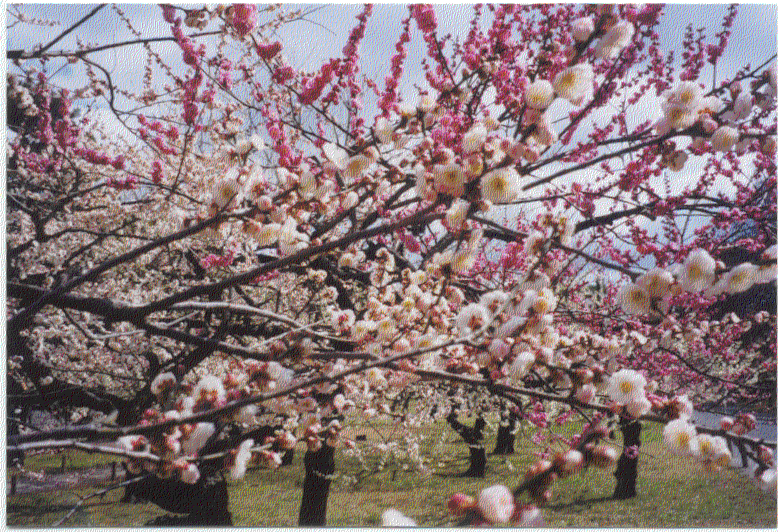GETTING IN THE MOOD
Don’t you ever get that feeling your trip abroad happened in a flash? Before travelling you felt too stressed to enjoy the anticipation of going abroad. And, when back again, you have this feeling it was over too soon, and everything went back to business as usual? How can you change that?
While planning my trip to Kyoto I figured I should try to elongate this experience of travelling. I love to travel and experience other cultures, but I did not find a way (yet) to make a living out of it. So, unfortunately, I have to do with a few trips a year. Luckily, this 京町家AIR2014 comes very close. Preparing for the residency I took some time to try to find ways to maximize my travel experience. I’m not sure if it worked yet (my trip is not yet over while writing this post) but I would like to share them anyway because they were fun to do.
Prep suggestions (for Kyoto)
Read books on your destination.
Reading Geisha of Gion by Mineko Iwasaki unravelled Kyoto’s geisha culture in a way I could imagine myself walking through Gion. It is said that Mineko Iwasaki wrote this autobiography because of the misrepresentation of geisha’s in the book ‘Memoirs of a geisha’. Another book, The Golden Pavillion, gives an intriguing insight into a monks’ life. This is a psychological detective based on police reports of an historical event. The travel guide Old Kyoto gives you thorough background information on specific traditional shops, restaurants and inns. Durston reveals personal histories behind some machiya’s.
Get those taste buds working.
Japanese food has some very distinct tastes and smells. Preparing Japanese food can be a challenge. The meal is comprised of different dishes which on themselves are not complicated but altogether will take some effort and time. I came across this book: Enlightened Kitchen: Fresh Vegetable Dishes from the Temples of Japan by Mari Fujii. It has great vegetarian (even vegan) recipes which are very simple. You’ll find most of the ingredients in your local Chinese or Asian supermarket. The meal combo that Mari proposes in this book is composed by a soup (which also can be a simple quick to do miso), a bowl of rice (with or without topping), and a vegetable dish. These are light meals compared to Western standards so I picked the potato or the tofu based (tofu dressing over a salad is quite filling!) recipes. The ‘Shojin salad with peanut-flavored tofu dressing’ and the ‘spicy stir-fried potato’ are really great.
Learn the language.
Well, actually I tried to understand the basics.
Start packing.
Yes, this sounds pretty weird. But thinking on what to pack sets your mind in this mode of imagining you’re already there. For example, I started packing my clothes a couple of weeks earlier and i had fun researching what the weather could be like and how I could pack as minimum as possible (I’m a minimal packer). Or I checked if i could do one of my hobbies there and what I would need to bring with me for that or if i needed some light-weight version of it.
Download apps.
Downloading apps before going abroad saves you a lot of time (online) during your travels, which you can spend travelling. I dowloaded a lot of apps which i thought would become useful, but had to throw already half away because they didn’t work properly… In the first week these following apps were very helpful. Converter+: works offline as well based on the last time you were online. Gurunavi: to find the nearest place to eat. Waygo: to unravel the Japanese characters a bit. Aroundme: From concerts to coffeeshops. Sasaikkon: Useful for sake enthousiasts.
Visit Isjah’s main blog: http://isjah.com/getting-in-the-mood/

